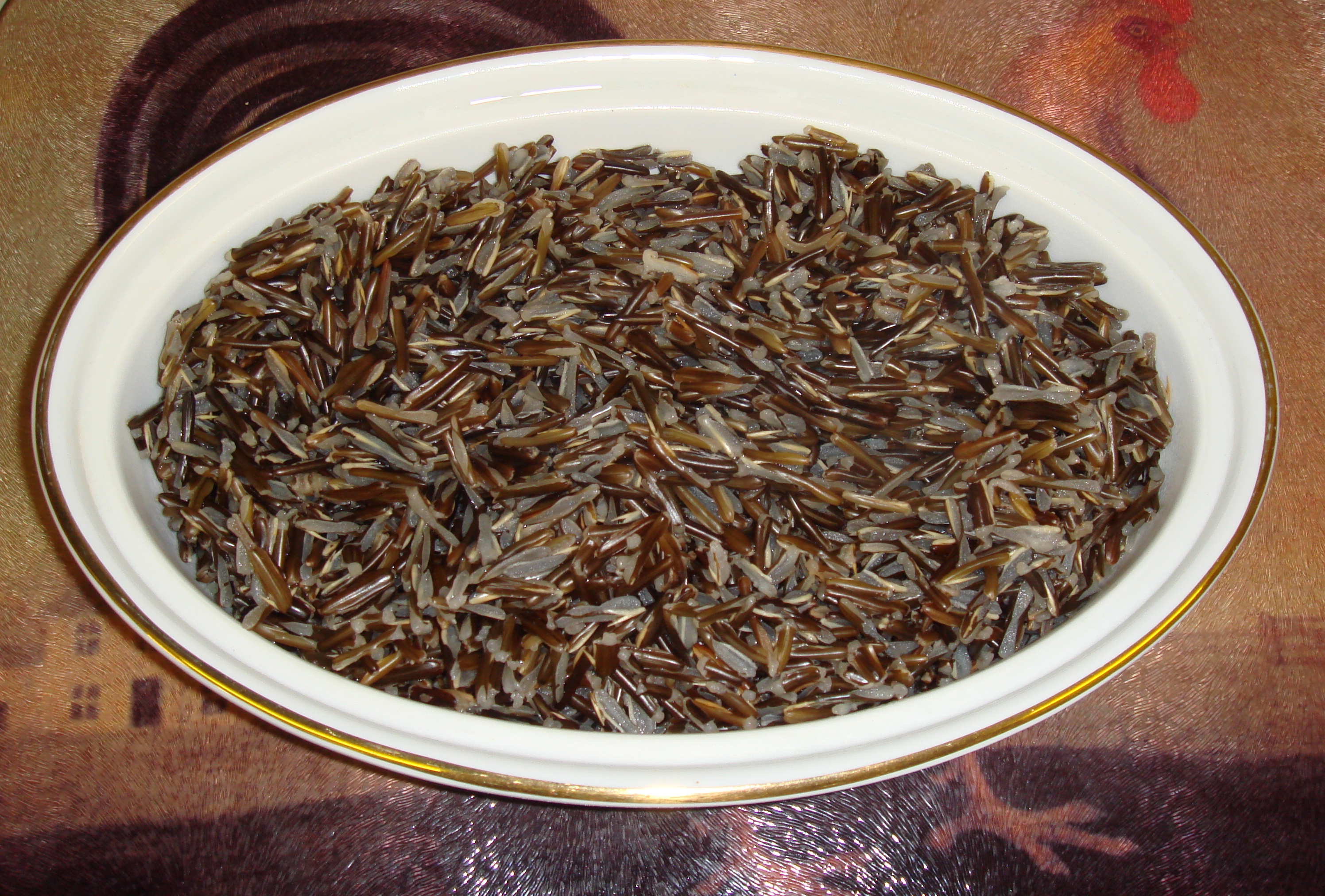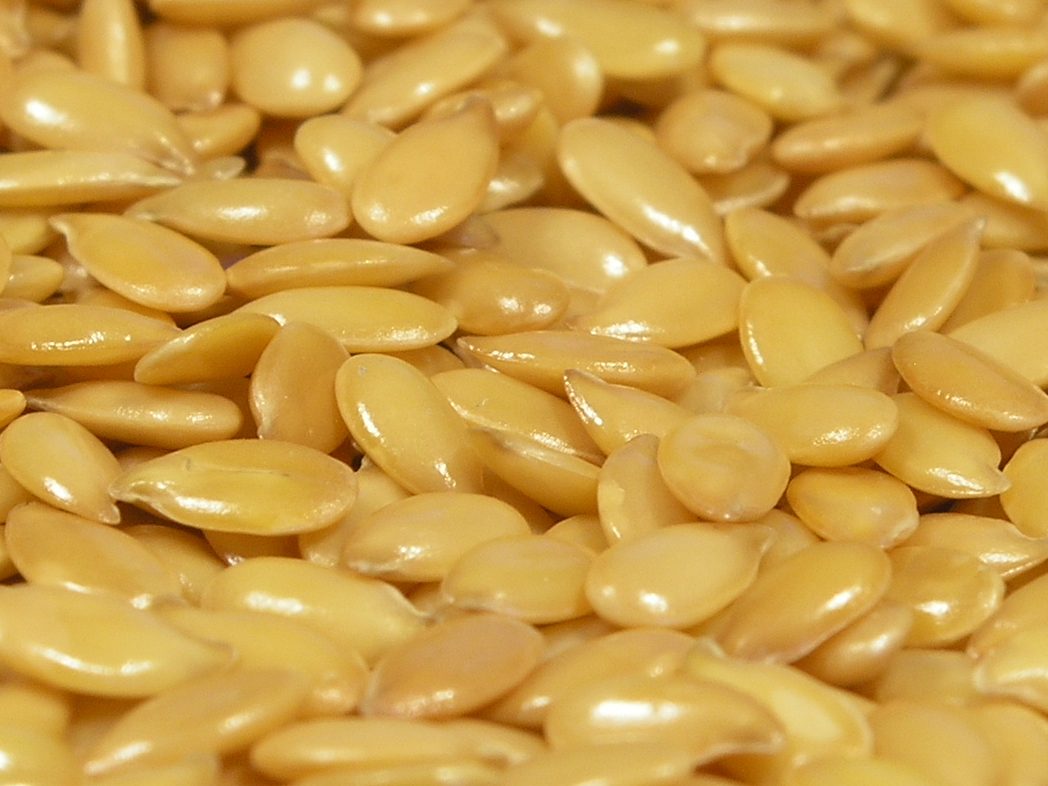 |
| Citrus fruits! Photo courtesy Wikimedia Commons. |
How to Make Zest
- Thoroughly wash a whole citrus fruit.
- Use a peeler or pairing knife to trim slender, thin slices of the fruit peel. Be careful not to get the white underside of the peel known as pith. It has a bitter flavor.
- Chop the peelings into tiny slivers (I believe chefs call this julienne) or small pieces.
- Or, use the fine grating on a cheese grater to shave zest from the fruit peel. Hold the whole fruit against the grater and gently shave off the skin.
- That's it! The zest is ready to use. If you have extra, store it in an airtight container and use it within a day or two before it dries out.
Add Zest to Your Meal
Here are a few ways I like to add the fresh flavor of citrus zest to food.
- Sprinkle lime zest on a bowl of cranberry sauce at the holidays.
- Add lemon or orange zest to a sugar cookie recipe for a springy, refreshing flavor.
- Dust the tops of pancakes with powdered sugar and orange zest.
- Whisk citrus zest into homemade vinaigrette salad dressing.
- Garnish a chocolate cake or cupcakes with slivers of orange zest.
How do you enjoy your zest? Please comment below!
Until Next Time,
Choose Healthy!
Angela Tague
Whole Foods Living
PS: This may be the last day of the A to Z Blogging Challenge, but don't forget to drop by on occasion and see what I've got cookin'! Or, follow me on Twitter and Facebook and I'll let you know what I've been up to! :)
###
Until Next Time,
Choose Healthy!
Angela Tague
Whole Foods Living
PS: This may be the last day of the A to Z Blogging Challenge, but don't forget to drop by on occasion and see what I've got cookin'! Or, follow me on Twitter and Facebook and I'll let you know what I've been up to! :)
###




























